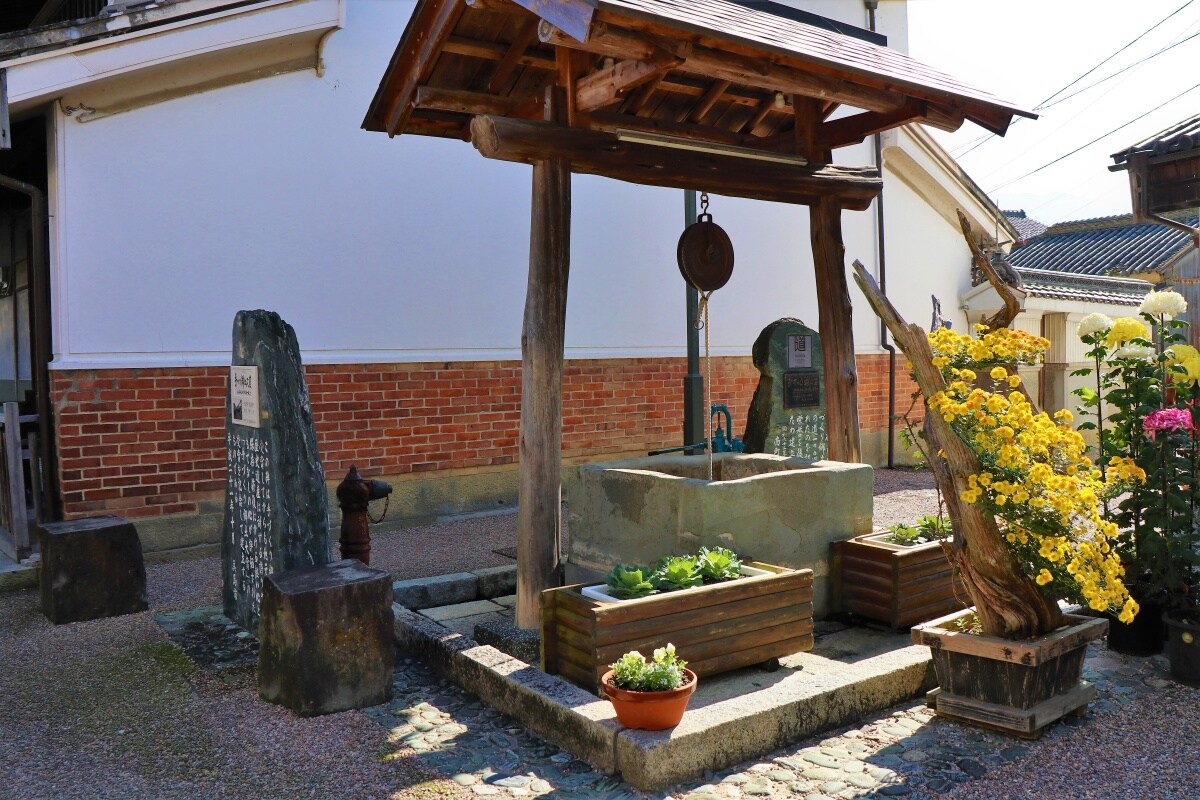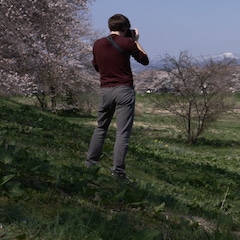Traditions in Tokushima
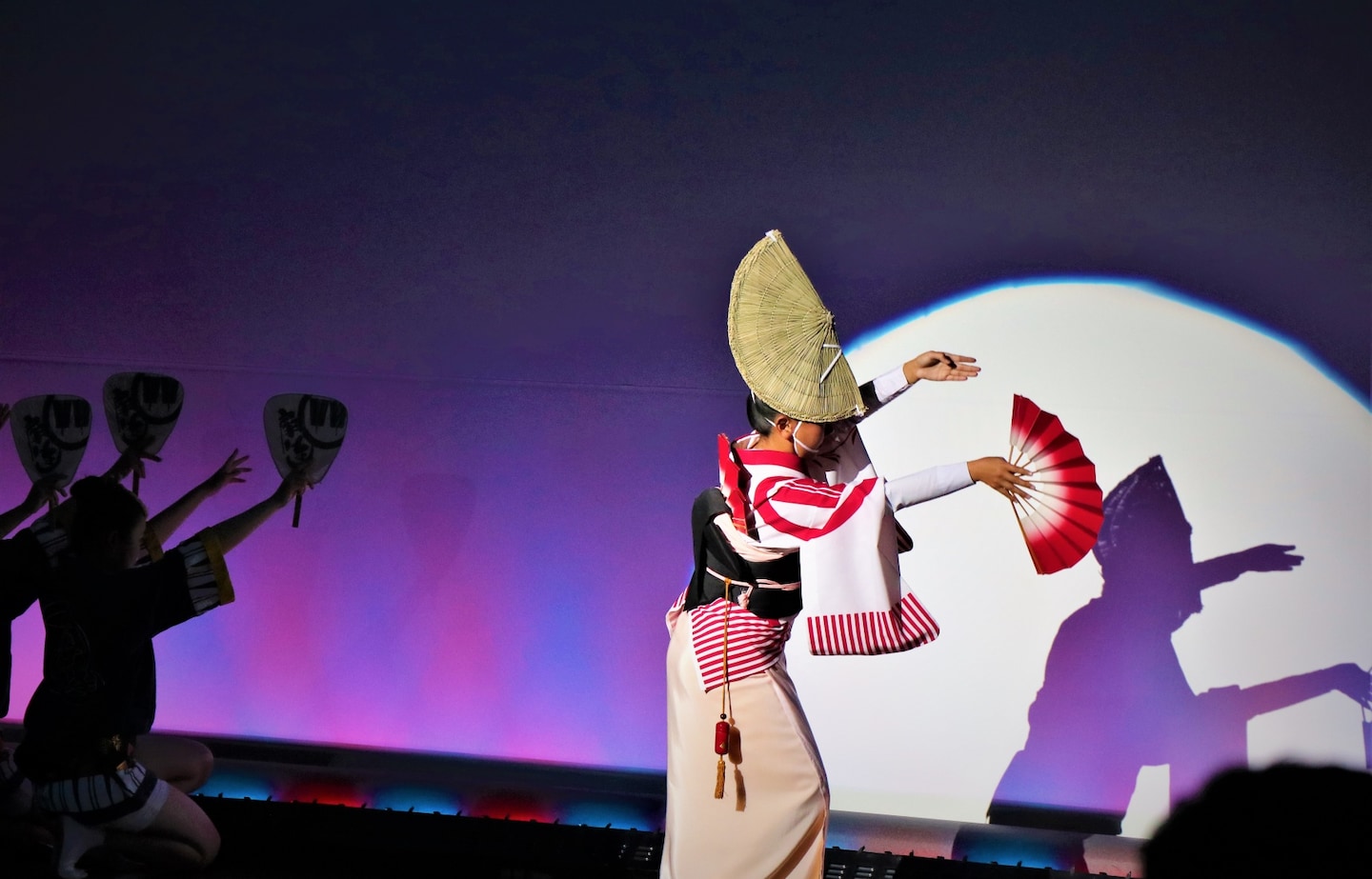
Tokushima Prefecture lies in northeastern Shikoku, the smallest of Japan’s four main islands. Although I’ve had the privilege to visit Tokushima before, it was only for a single day. So, naturally, when I was given the opportunity to get a deeper look at the culture, history and scenery, I jumped at the chance—and I was not disappointed!
By Nicholas RichGoing Back in Time
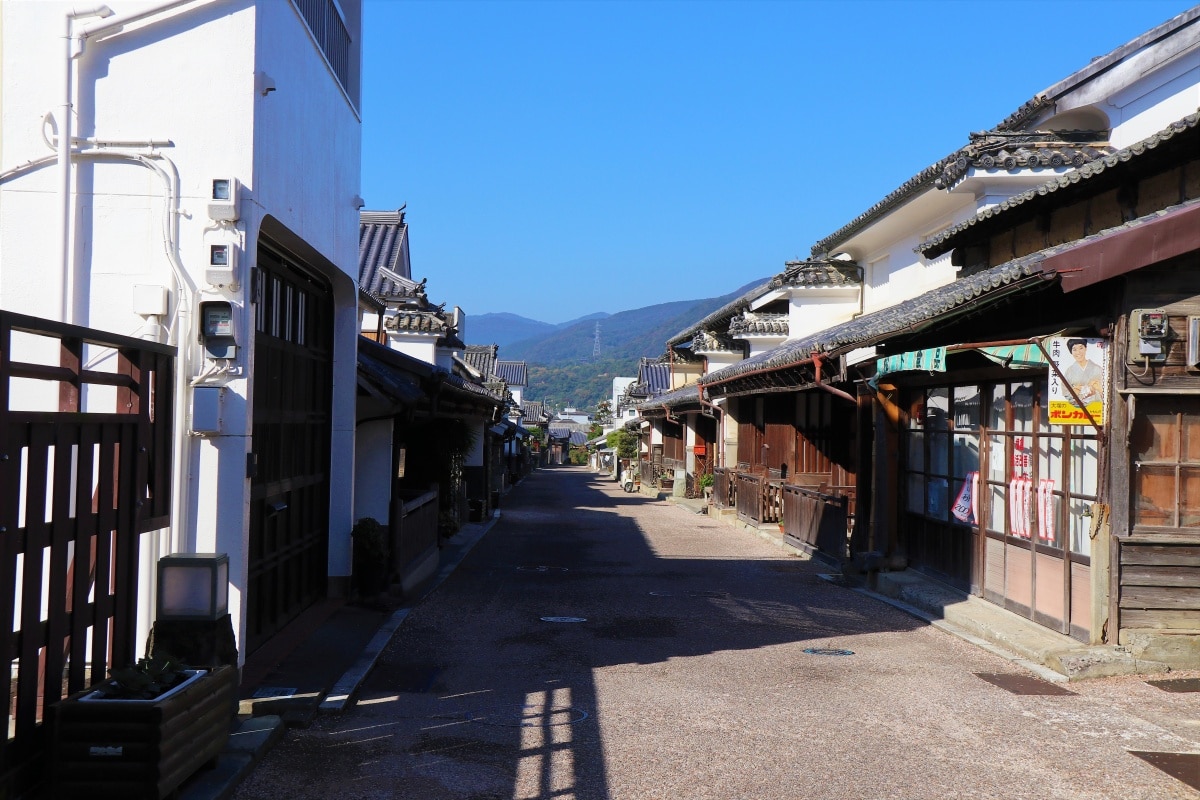
If you really want to immerse yourself in the history of Japan, a trip to a small town in Tokushima should be one of your highest priorities. Udatsu Street, in Wakimachi, is one of the best-preserved townscapes of traditional buildings in the country, some of which date back to the Edo Period (1603-1868).
The street derives its name from the ubiquitous winged walls on the upper floor of buildings, udatsu, that were built to prevent the spread of fires. The street is 430 meters long, with 85 buildings, many of which are still used as residences today.
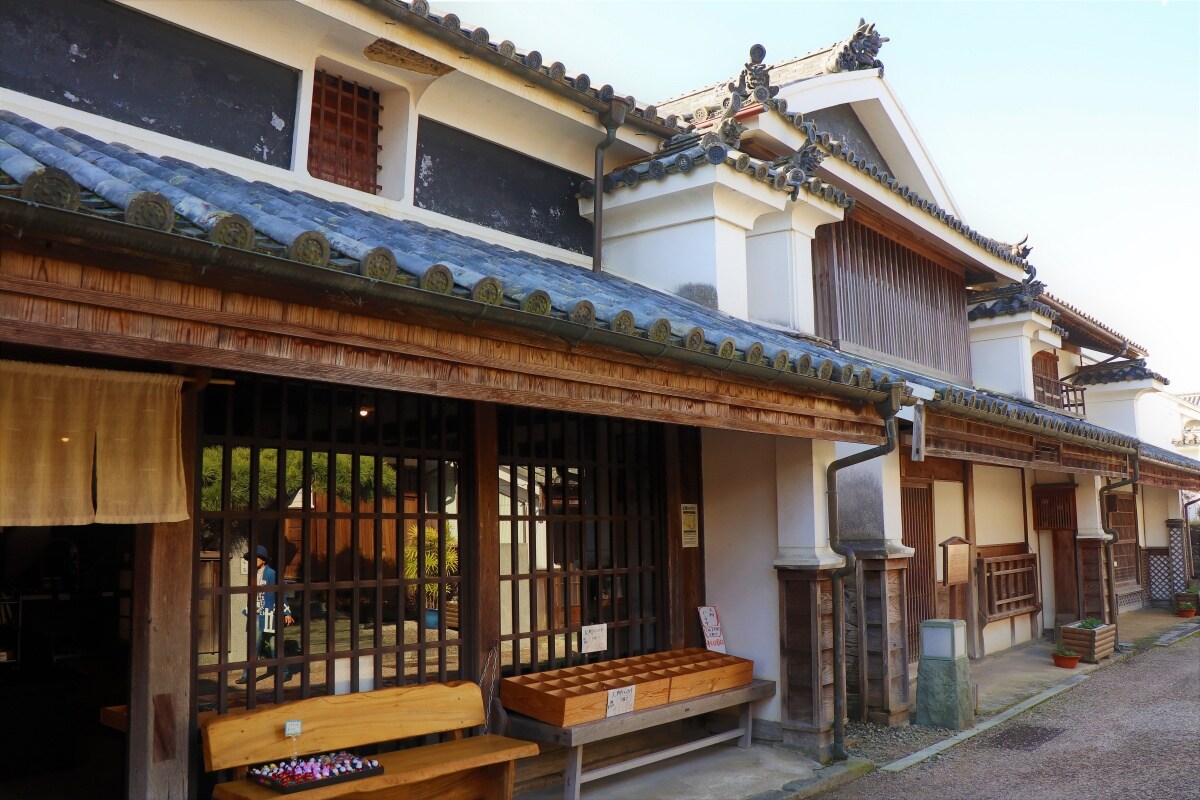
The town was an important trading hub for indigo until the 19th century, and the wealthy indigo merchants built opulent houses with beautiful lattice doors and pristine white walls. The biggest of the street’s buildings belonged to the wealthiest of those merchants. Although it sells indigo goods, the rest of the home is open to visitors for a small fee and offers a rare glimpse into the lifestyle during the Edo Period.
There’s a small detail that is easy to overlook, but essential to preserving the atmosphere of Udatsu Street—no power lines! There is, of course, electricity in the city. But the wires are underground, ensuring the view of the buildings is unobstructed.
Indi-gogo
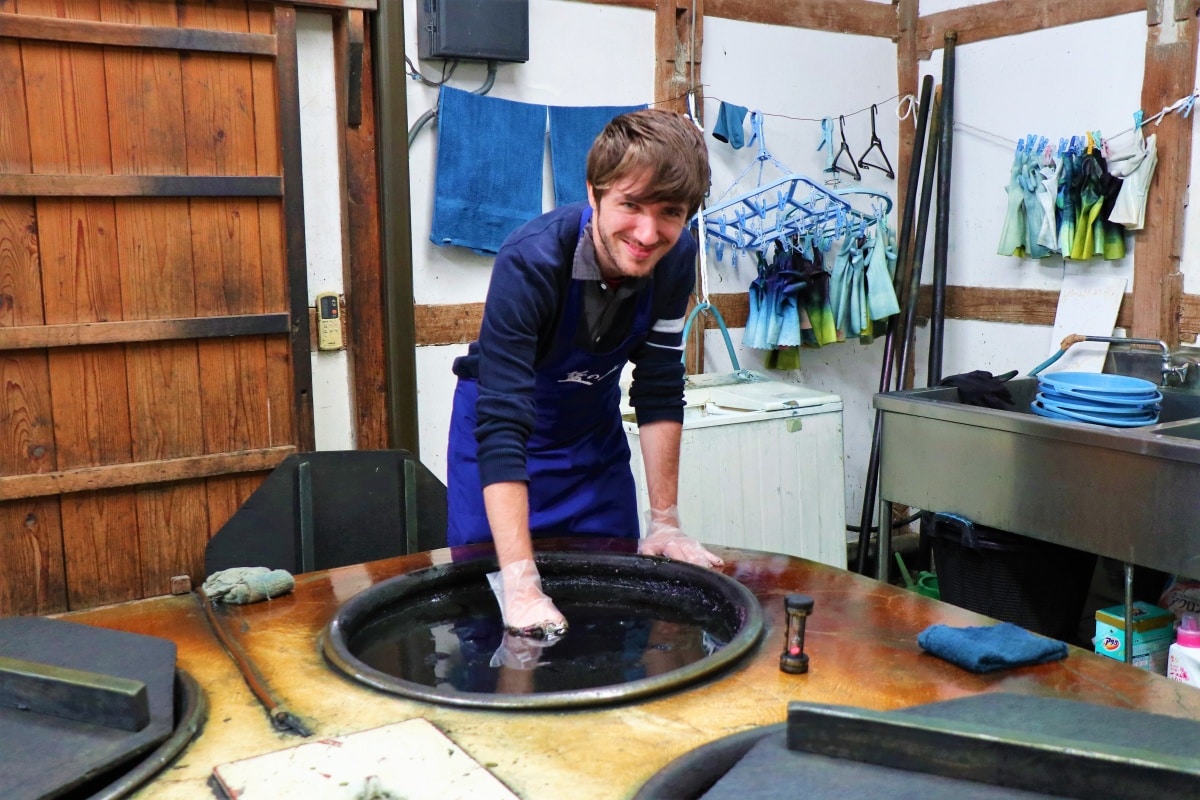
I mentioned that indigo was an important trade in Tokushima, but to really understand its place in history I wanted to get my hands dirty, so to speak. For that, there’s no better place than the Aizumicho Historical Museum!
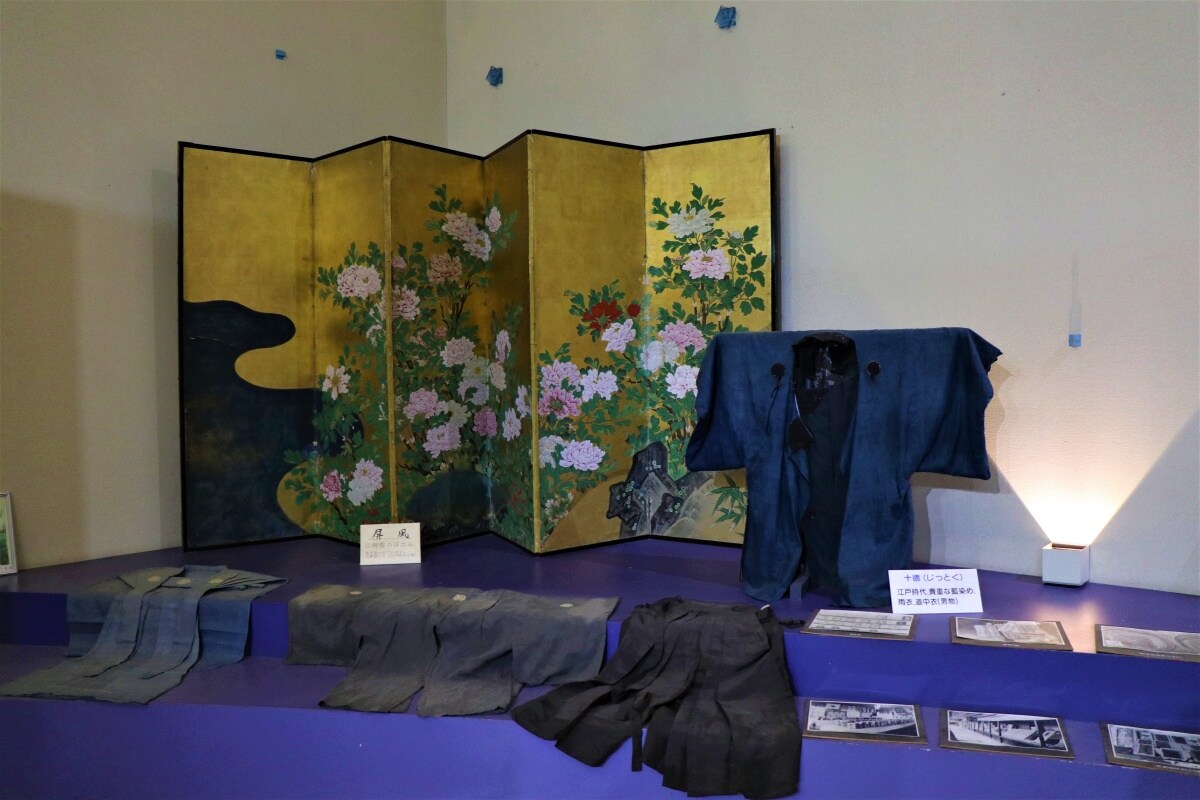
The Aizumicho Historical Museum is dedicated to the history and cultivation of the Tokushima's famous Awa indigo, which is regarded to this day for its high quality. The main building has a collection of beautiful indigo goods on display, as well as a gift shop with an amazing selection (my wallet was a little lighter when I left!).
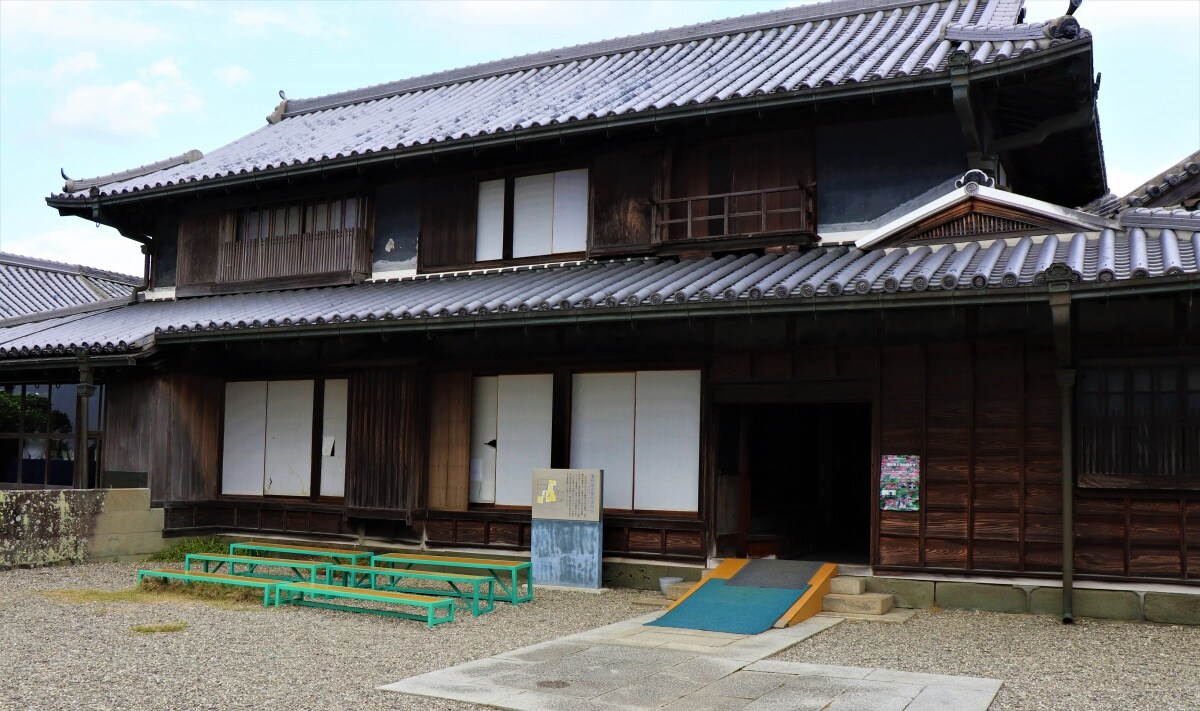
Beyond the display, there's also the re-purposed residence of a wealthy indigo merchant that was built in 1808, with an exhibition explaining the cultivation and production process of indigo. Perhaps the most exciting part of the museum is that you can also get hands-on dyeing experience and make your own handkerchief in a wide variety of designs.


